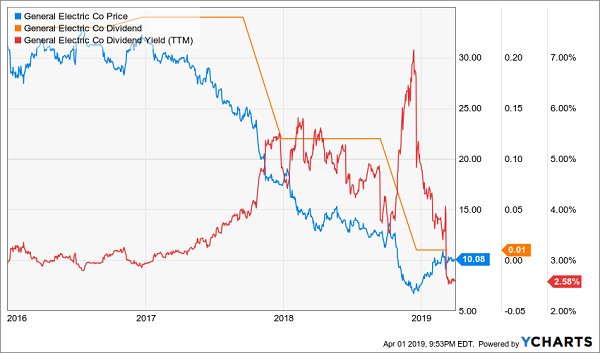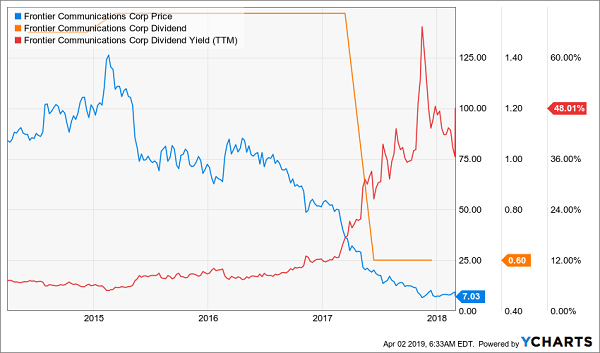I hear from readers of my Hidden Yields dividend-growth service all the time—and many are wondering why their “dividend guy” has suddenly become a “cash guy”!
Truth is, there’s been nothing for us to buy! We’ve unloaded 17 positions since last October in Hidden Yields and are sitting on a big cash pile—waiting for our chance.
And that chance is coming. In fact, if you’re using dollar-cost averaging—or investing a fixed amount of money on a fixed date, in other words—to build your portfolio, now is a great time to put money toward the safest stocks you own—especially as we get closer to “stock season”: the period from November to May, when markets are typically stronger.… Read more



Recent Comments